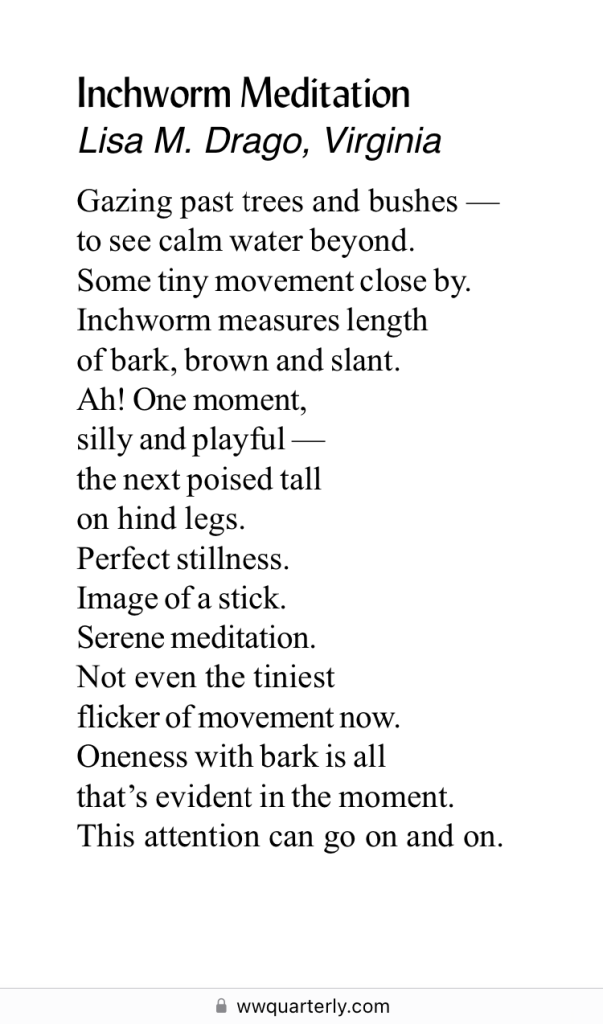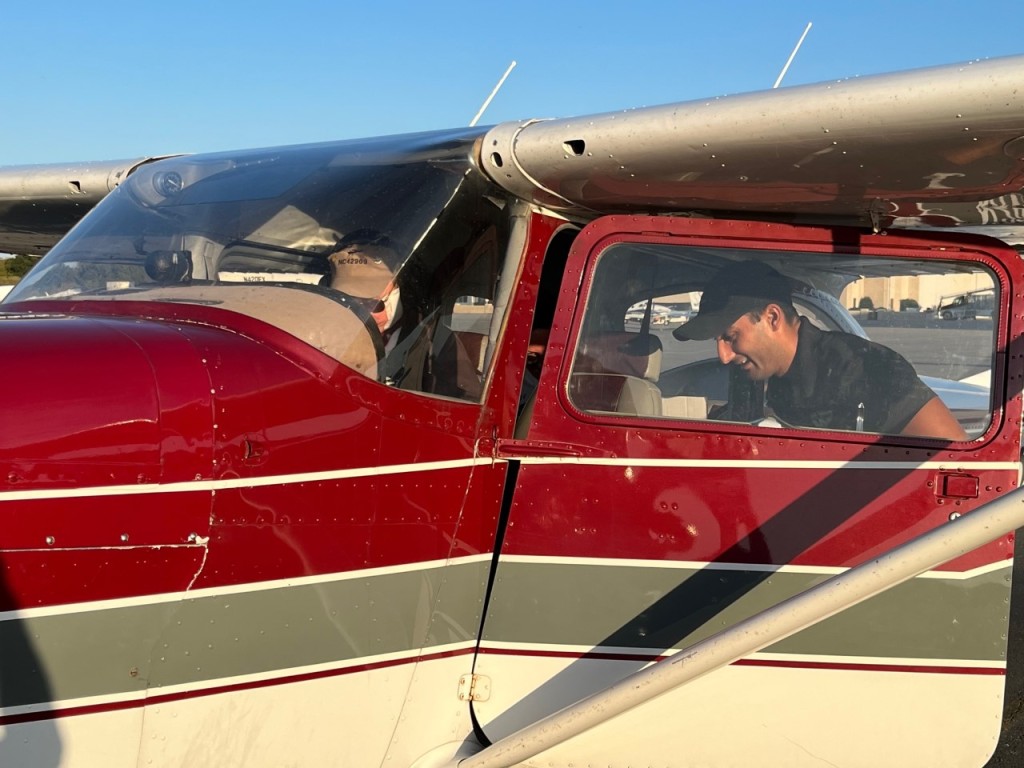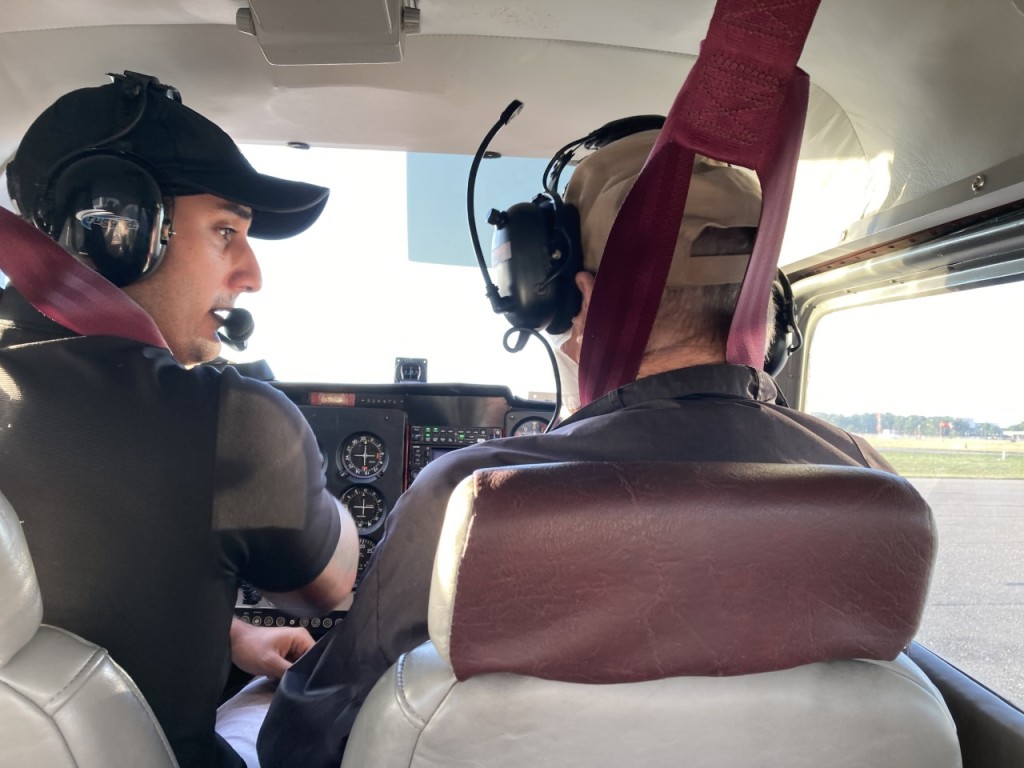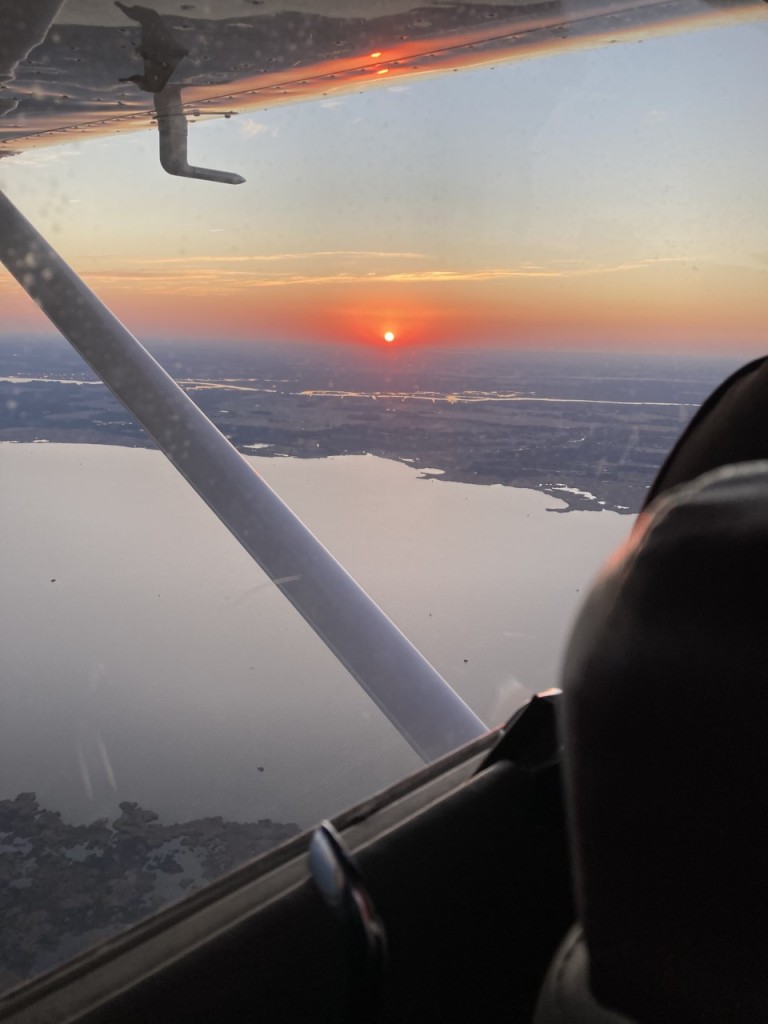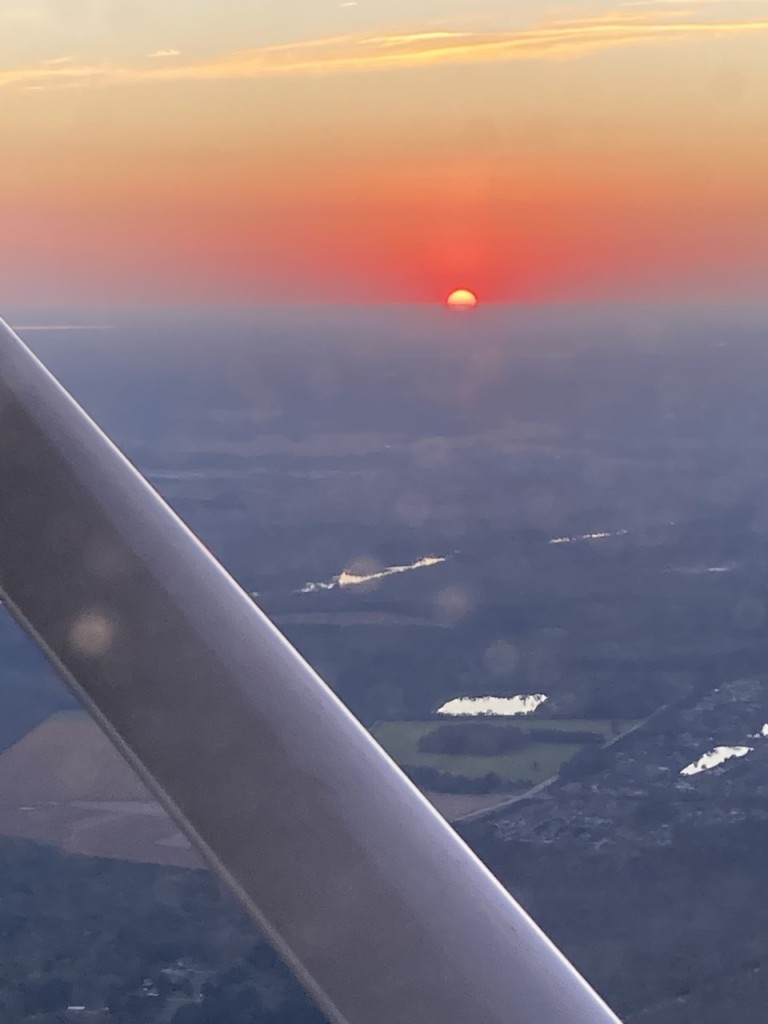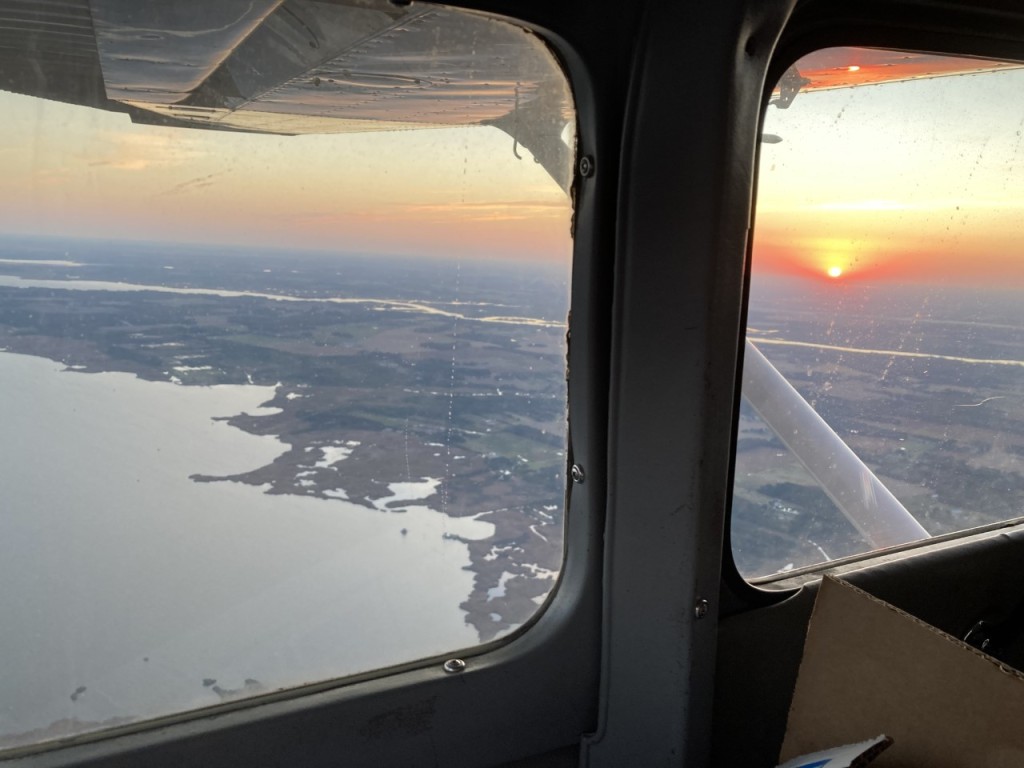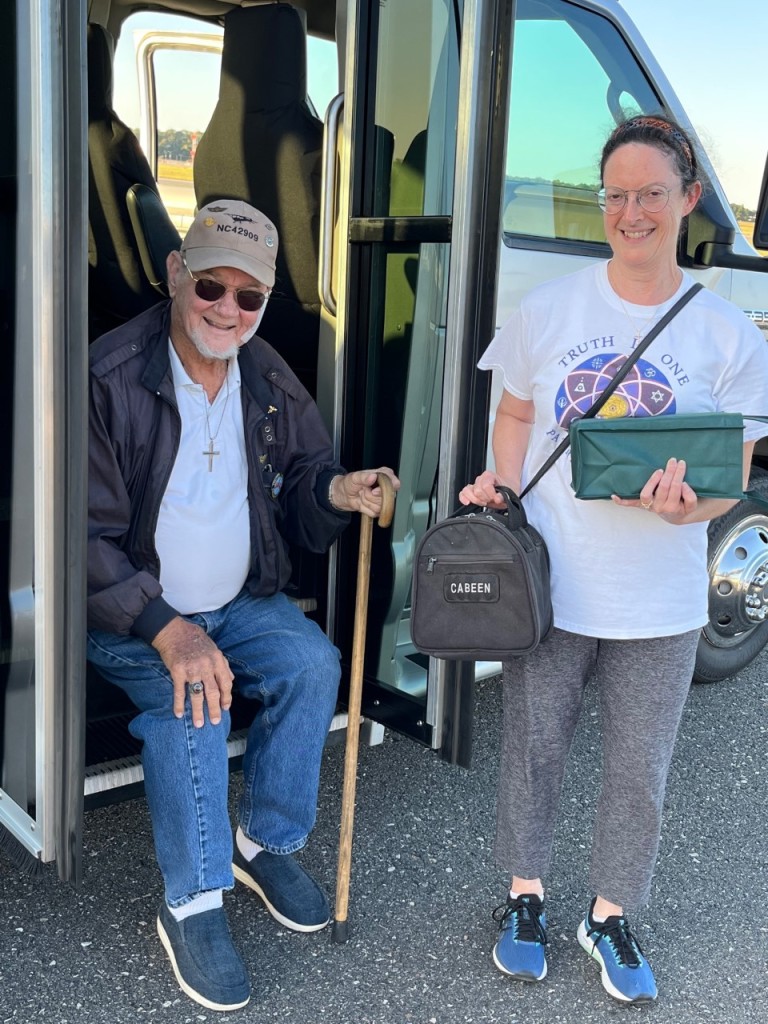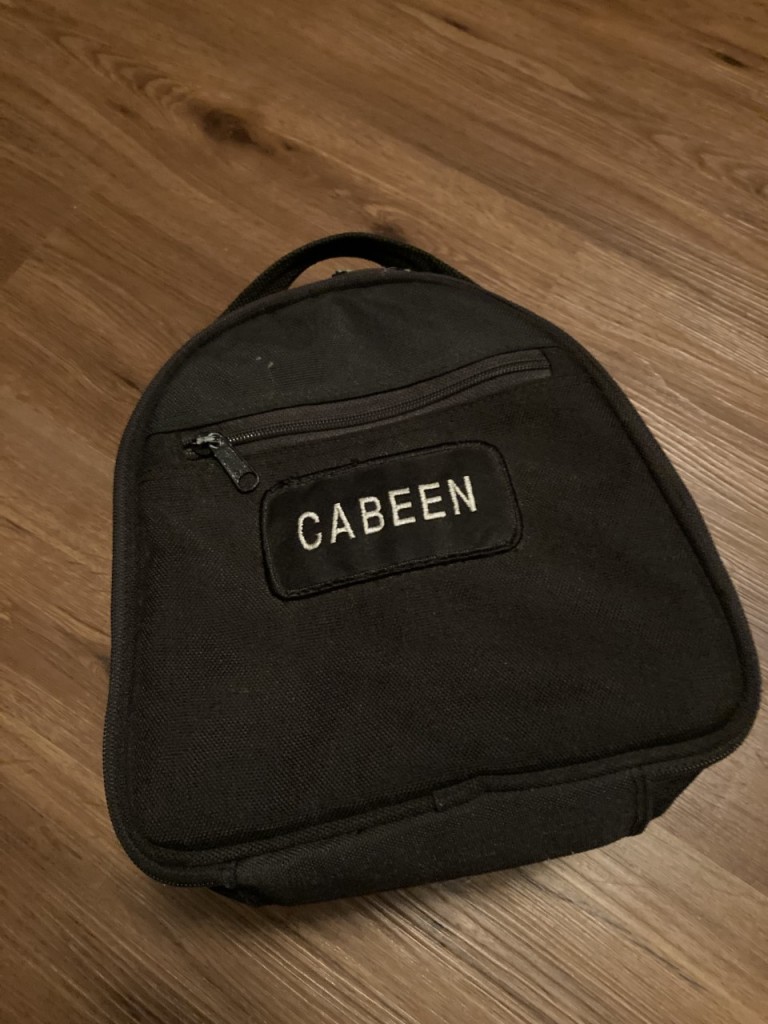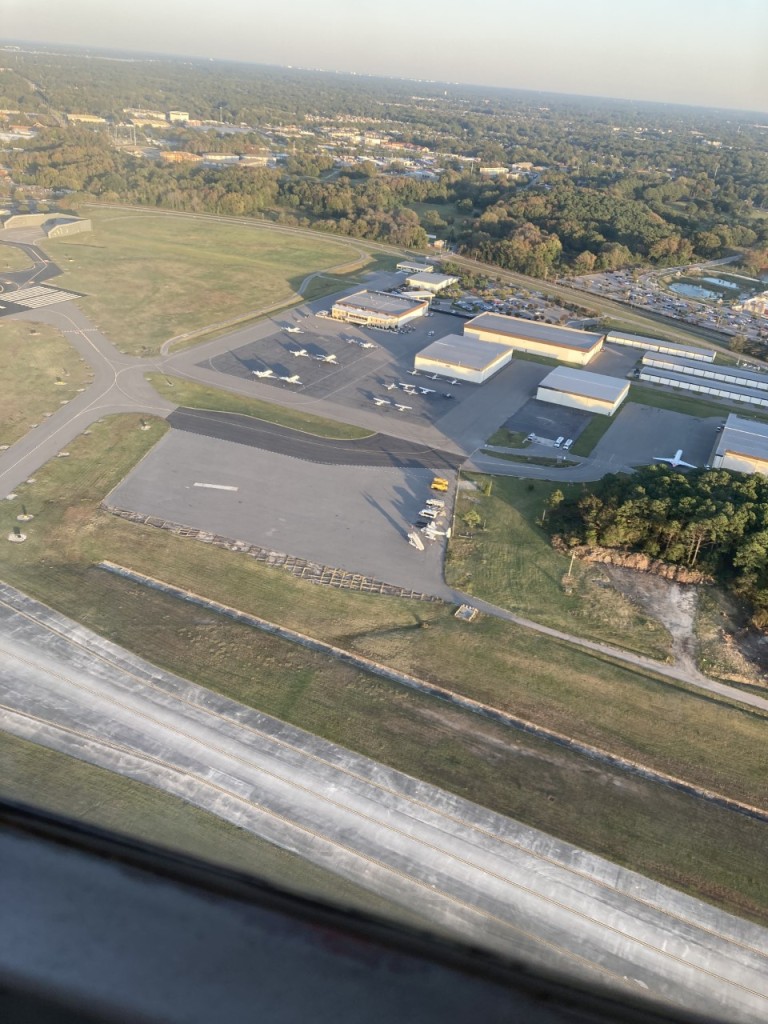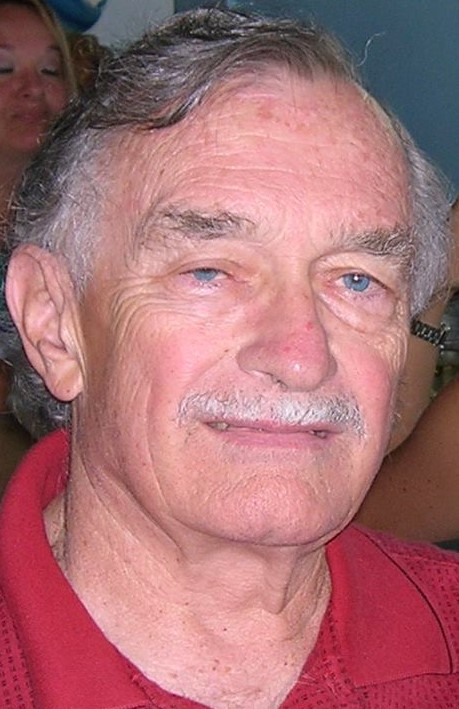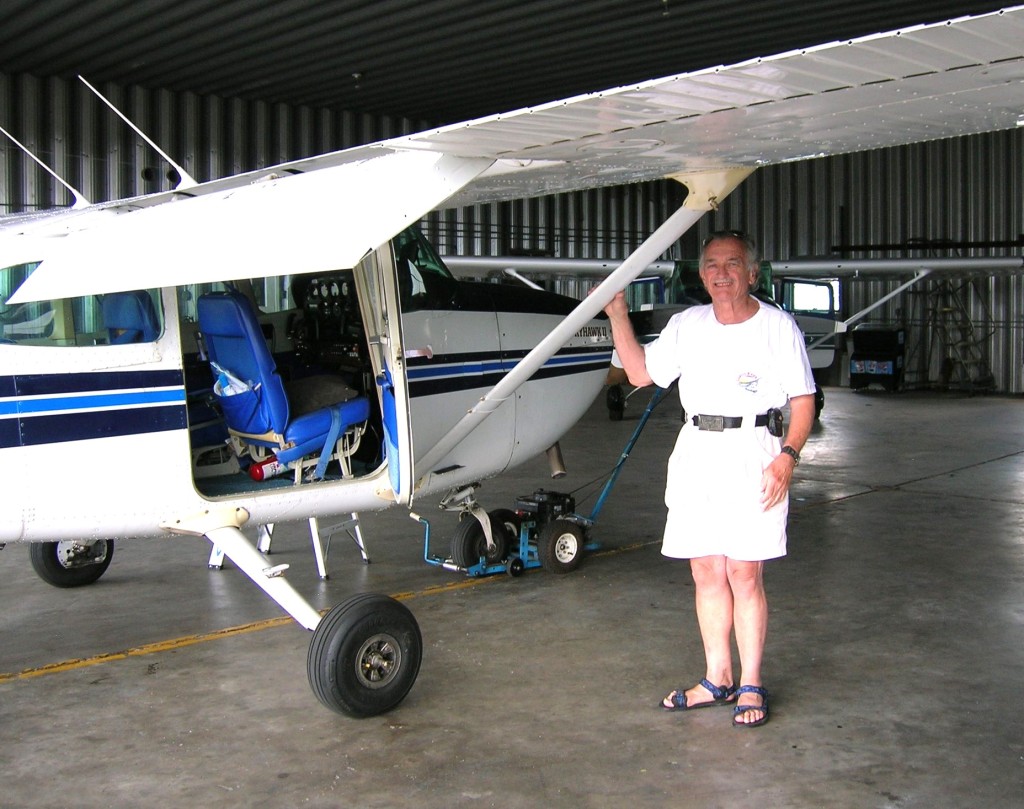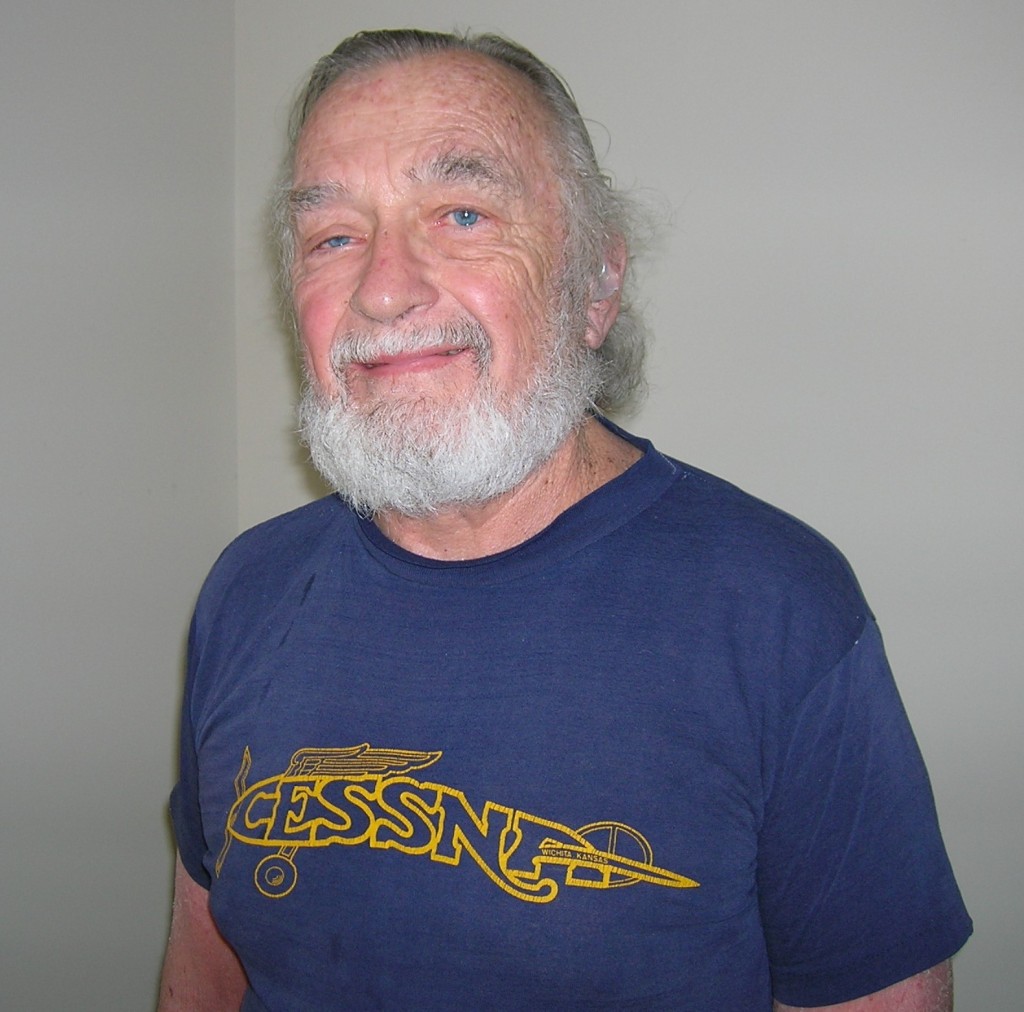This is my non-fiction piece, written with John’s encouragement, and originally published at The Camel Saloon in 2012:
Indiana Jones was a liar: There was nothing glamorous about archaeological fieldwork. The work was boring and tiring, so I practiced meditation techniques. I hated the mosquitoes, so I carried a can of OFF! in the pocket of my camie pants. I hated the burning sun on the back of my neck, so I slathered on sunscreen several times a day.
As an Anthropology major at the University of Hawaii, my thirst for adventure had prodded me to contact the Bishop Museum in Honolulu. I’d heard the museum was organizing a team of archaeologists and students to dig test pits in Halawa Valley. This struck me as an exciting way to spend my summer vacation.
For years, there’d been talk of building a new highway to connect Oahu’s southern coast with the windward side of the island. This highway would cut more than an hour out of travel time from one side of the island to the other, a great help in particular for anyone traveling between Pearl Harbor Naval Base or Hickam Air Force Base and Kaneohe Marine Corps Base.
The heated debate over building the H-3 highway centered around cost, of course, but also on cultural resource management. Since the new road would run through Halawa Valley, an area sacred to Native Hawaiians and important to environmentalists, there was great public outcry over the proposal.
The museum informed me there would be three, ten-person crews assigned to work ten-hour days in various parts of the valley. Two weeks later, I joined a crew that had already been working during a preliminary phase. My first task, as a newbie, was backfilling the old test pits. Sweating and straining, I soon realized I wasn’t as physically fit as I’d assumed.
The best part of the day was lunch break. We piled into the filthy van, drove out of the valley, and visited a little place that served “plate lunch” – usually two scoops of white rice, barbeque kalua pig, and kim chee, all in a Styrofoam shell. One day I was so excited about going to lunch, I slipped in the mud and slid down our hilly site on my backside. I never managed to live that one down. My green t-shirt remained forever stained by red dirt.
After two weeks of backfilling, I was finally given my own area to dig a test pit. The more experienced members helped me map the spot and take photographs. Using trowels and brushes, buckets and a screen for sifting dirt, I slowly began to excavate my piece of earth.
The most exciting days in the valley were whenever anyone discovered anything of real significance – something other than small chunks of charcoal from the wood burned in Native Hawaiian cooking fires. While clearing brush with our machetes, we sometimes found irrigation trenches or walls built of stacked lava rocks. Cutting through the tough hau branches was impossible for me using the machete. With my terrible hand-eye coordination, I couldn’t strike the same spot twice. I feigned sickness on those days.
On my very own “day of fame,” I uncovered a large, somewhat flat, polished stone with a straight edge – an adze, a Native Hawaiian axe that had once been attached to a wooden handle by fibrous cord. Everyone stopped work to examine the adze and discuss it amid an air of excitement. We turned up the radio and had a little party. If we’d had any beer, we would’ve broken it out for sure.
During the course of the summer, as we finished digging in a certain area, our crew would be assigned to a new location. This was an interesting time because work was suspended while we waited for the director to come from the museum and tell us where he wanted us to dig next based on the discoveries we were making. We filled the time, sometimes entire days, as best we could.
On one such day, I was assigned to reorganize the tools in our base area where we took our breaks. There was a large blue tarp on the ground under the tools and an identical tarp strung on poles overhead as protection from the rain. No one else was nearby. As I worked, I suddenly felt something fall on my neck with a tickling sensation. I instinctively grabbed at my neck and ended up gripping a huge, blue and black centipede – which I promptly flung yards away onto the road. I didn’t even scream. My crewmates thought I was telling tales with that one.
Another time, we sat under the tarp, chatting, eating snacks, and waiting for the director to arrive. We heard a rustling in the trees. A mongoose. These animals were brought to Hawaii to eat the rats that arrived on ships. In addition to the rats, they ate the eggs of rare Hawaiian flightless birds, forcing them into extinction. We discussed the mongoose; I mentioned something about watching a group of mongooses earlier that day. Everyone became very quiet. I looked around at my co-workers and asked, “Is the plural of mongoose, ‘mongeese’?” Everyone burst into laughter. I laughed, too. Someone said, “Everyone eventually asks that question out here.”
One of the guys on our crew told us he’d done a lot of hiking in Halawa Valley and he knew the location of a plane crash. He also knew of a small cave containing human bones. We decided we should spend our next free day hiking to those sites.
On the day of the hike, we drove the van to the best strategic point to begin working our way toward the cave. We stood in the road looking up at the mountains as our guide pointed to the spot where he believed the cave to be. He wasn’t entirely sure. I didn’t care; I was stunned by the beauty of the landscape on this sunny day. Since we’d had some rain, several waterfalls cascaded their way down the ridge. The air smelled fresh and just a bit humid – invigorating.
We began picking our way through the vegetation, inventing our own switchbacks as we climbed the slope. There were no paths to follow. No GPS. We stopped periodically to get our bearings before moving on in what we hoped was the right direction. We talked about what it might be like to see human bones. Whose bones could they be? We thought they might belong to some member of the Hawaiian royal family. It had been a common practice to hide the remains of royalty to protect them from desecration.
Two hours later, we found ourselves gazing up the sheer face of the yellow, rocky cliff. Our guide pointed to an opening in the wall, about twenty feet above us. The cave. We stood there in silence, recollecting ourselves in preparation for whatever we were about to observe.
The only way to reach the cave was by climbing a series of boulders and rocky outcroppings in the cliff. There was barely enough space for one person to go up at a time. I decided to go last. I was not at all confident that I’d be able to make the climb due to my fear of heights. I wanted to take my time.
We stood around patiently awaiting our turn to look inside the cave. The mood was respectfully silent. However, we couldn’t contain our curiosity about whether there were any visible bones. The cave was too small to enter, and even if we could’ve entered, we would not have wanted to violate this sacred place. A young woman quietly asked one of our returning members if he’d seen any bones. He said yes, there were a few visible bones, a femur in particular.
When my turn came, I inched my way toward the cave, stopping to breathe and calm myself after placing my foot each time. At the entrance, I experienced the most profound peace. Everything was silent, yet somehow alive. The opening was only three feet wide and about three feet high at its peak. I looked into the cave and saw that it was roughly seven feet deep. Inside, everything was the same yellow color. Very dry. At first, I saw only rocks. As I looked more carefully, I noticed the end and shaft of a femur and pieces of a broken cranium.
Time seemed to stop. My mind even stopped. I stared in awe at the bones. Then I heard a slow dripping sound, and gradually, I became aware of water falling on my face and hands. Tears? Whose tears? There was no sadness here. I realized the water was dripping down the face of the cliff and falling in front of the cave. This filled me with overwhelming peace and joy. I turned my gaze away from the bones and looked up at the blue sky, then down at the lush vegetation all around me. My fear of heights had vanished. I had no idea how long I’d been up there, but I wanted to stay.
Realizing I needed to rejoin my group, I walked down the cliff. Everyone remained subdued. We decided to head for the site of the plane crash which our guide believed was nearby. The terrain was uneven and slippery in spots. As I walked, I repeatedly grasped small tree trunks to keep my balance. Our guide informed us the airplane was a Japanese Zero fighter that crashed during the attack on Pearl Harbor. After hiking through thick undergrowth for an hour, a few of us were convinced we were going in circles.
A voice called out, “There it is!” I looked but didn’t see anything other than more vegetation. A large fallen tree, covered with layers of moss, blocked our way. One by one we clambered over the tree. Then we found ourselves face to face with the wreckage of the plane – all covered with dirt and rust, and overgrown with vines. We examined pieces of the fuselage and wings, and found snippets of Japanese writing. We didn’t see human remains, but nevertheless, we remained mindful that someone had died there. I was amazed to see the debris being overcome by the vibrant plant-life.
Among my co-workers, I sensed respect and a shared humanity that included the spirit of the dead fighter pilot. What must it have been like to die a violent death far away from loved ones? This wasn’t a morbid thought. I didn’t care if this pilot were a friend or a foe. He was a human being – that’s all that mattered to me. I didn’t feel sad or frightened. I simply experienced in the depths of my soul that death is part of life.
We sat on boulders and tree stumps for I don’t know how long – contemplating the scene. I was surprised that certain members of my crew could be so quiet.
Heading back down to the road, we happened upon a clearing. There, in front of the ridge on the opposite side of the valley, appeared a bright double rainbow. Both bows were strong and complete from one end to the other. My heart gave thanks for the rainbows and for all the sacred experiences in the valley.
We found the van and flung our tired, sweaty, dirty bodies onto the vinyl seats. Our guide for the day remarked that it was five o’clock, time to “pau hana” – quit work, go home. I smiled, thinking Indiana Jones had been redeemed on this day. I’d even forgotten all about lunch break.
